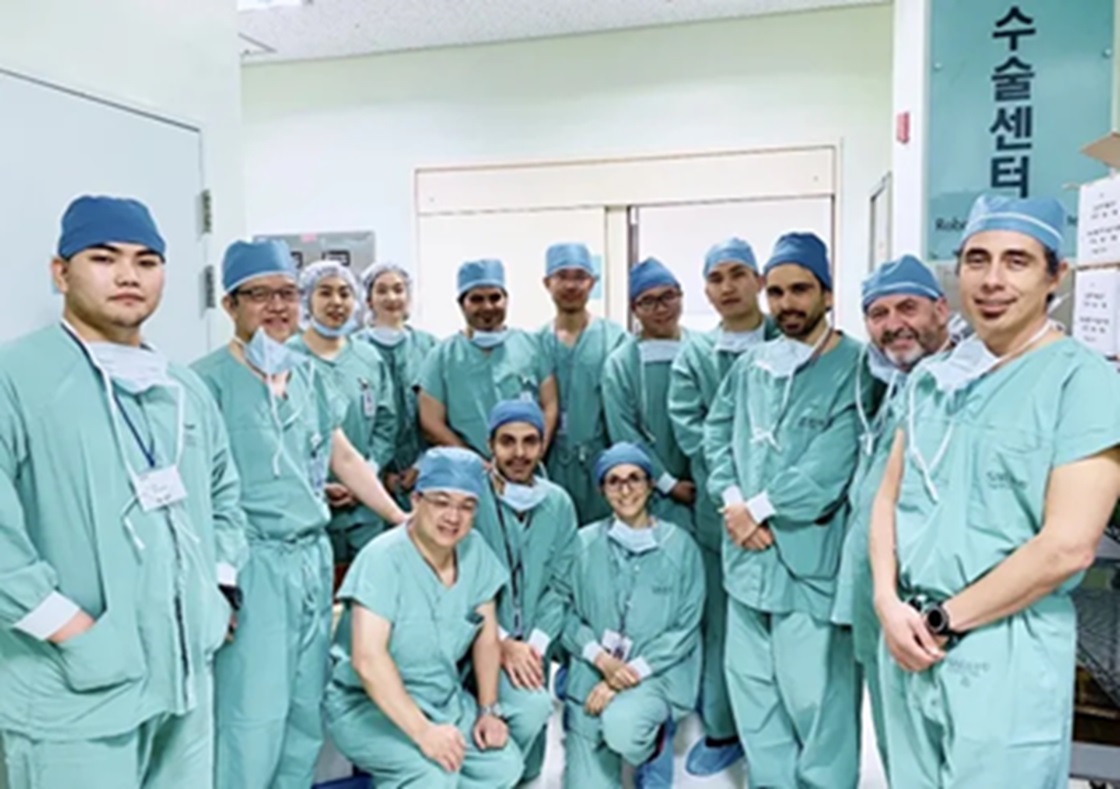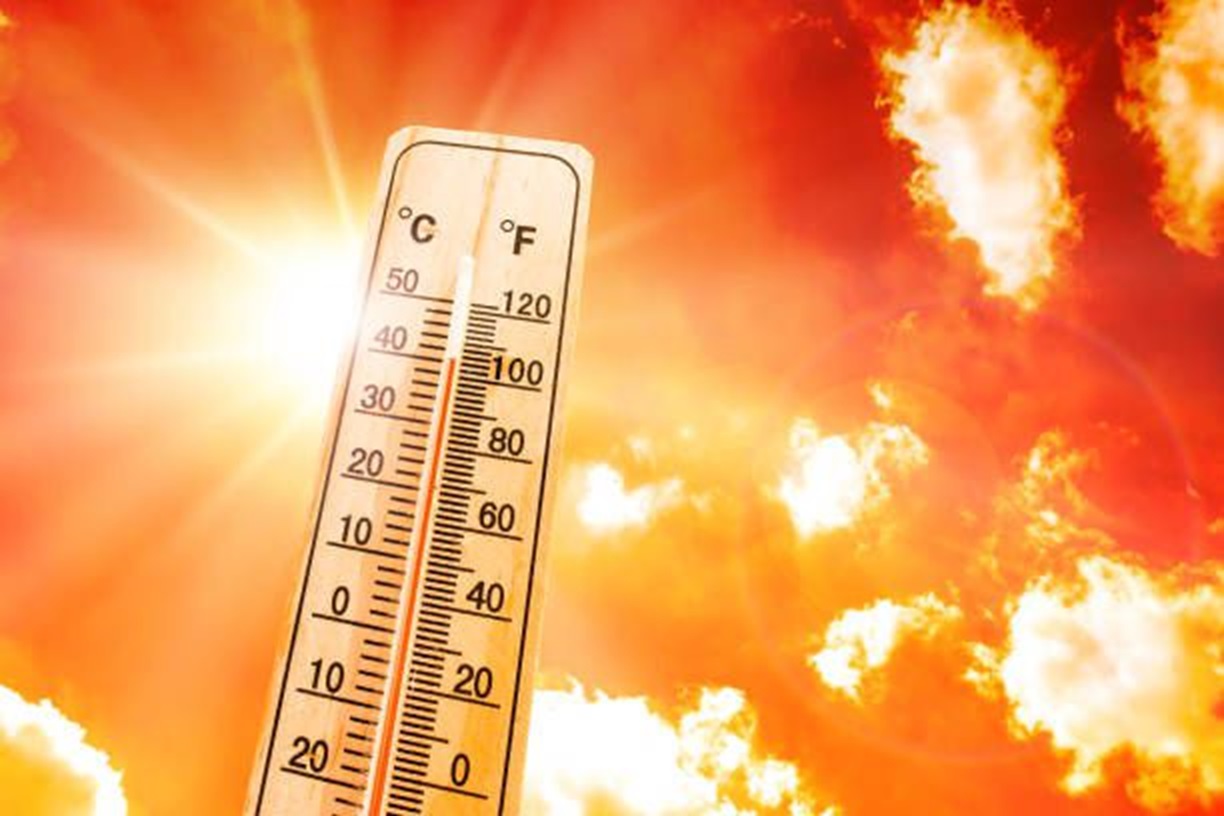The opinion of experts is divided on the claims in some quarters that COVID-19 infections have peaked in India after the SARS-Cov-2 novel coronavirus wreaked havoc across the country in September 2020. At the same time, there seems to be a general agreement that the virulence of the virus has weakened in most parts of the country. However, some states like Delhi and Kerala can take no comfort from the news as they are experiencing a sudden spike in numbers lately.
At the same time, the time has not come yet for even those states and regions that experienced a slowing down of the pandemic attack to celebrate. We have seen the virus, like an army that does a tactical withdrawal in the midst of a battle, coming back and striking with renewed vigour in many countries that thought they had tamed it for good. The situation in the Czech Republic that was touted as a model for Europe after its initial success is just one such recent example.
As of writing this, several countries in Europe are contemplating reintroduction restrictions, or even lockdowns, albeit in different forms and intensity. If the Indian states neglect the lessons from such developments, and disregard the warnings of a potential hike in the number of infections after the ongoing festival season, setting in of the winter season, worsening air quality etc., the price the country as a whole may have to pay would be very high.
Though not very widely discussed these days, China, that had controlled the COVID-19 outbreak within a few weeks of its outbreak in Wuhan and many other large cities, was also not immune to such recurring attacks of the disease. So, how China handled the repeated outbreaks holds valuable lessons for an equally densely populated country like India. The only question, unpalatable though, is whether we have the technological, and more so, the financial heft and public discipline to emulate the Chinese success story.
China Controls the New Waves
The Chinese could control the rate of transmission of the SARS-Cov-2 infections that had erupted in Wuhan towards the end of 2019 in the first fortnight of February 2020 itself. The city was declared ‘virus-free’ by the third week of April after the last new case was reported on the 3rd of the month. However, on 9 May, after 35 disease-free days, an 89-year old man who has been showing some symptoms of the disease for about three months was tested positive.
Five more persons were tested positive when the people living in his housing complex were subjected to COVID-19 tests. What followed was unprecedented in medical history. The government decided to test the entire population of Wuhan city immediately. A world record was set when 9.9 million city residents were tested in a matter of just 19 days. This included testing over a million people in a day that comprised batch-testing of five people per group.
Similar developments were witnessed later in Beijing. Like in the initial outbreak in Wuhan, a worker in a wholesale wet market in the city was tested positive for COVID-19 on 10 June. It was after 55 days of Beijing declared disease-free in mid-April that the disease was resurfacing in the city. All the shops and other business establishments in the market and its vicinity were shuttered immediately. About 3 million people, that included the entire workforce of the market, all those who had visited the market in the preceding days, as also all the residents in the neighbourhood were subjected to nucleic acid tests in a matter of ten days.
China’s eastern port city of Qingdao witnessed a replication of the exercise during early October when a few people reported at a hospital with COVID-19 symptoms two months after the city had announced it was disease-free. They had contracted the disease from cross-infection at the CT scan department at a local hospital. 4.2 million people in the neighbourhood of the nine million city population were tested for the disease in a matter of days.
Shanghai, Guangzhou and other tier one and tier two cities also organised large testing campaigns whenever COVID-19 resurfaced in those cities. Thus, the Chinese could contain fresh outbreaks of new waves of infection by such massive testing campaigns, intensive tracing and tracking and stringent forms of containment of confirmed and suspected cases and their contacts.
Kerala Model Bottoms Out
With one of the leading healthcare infrastructures in the country in place and armed with the valuable experience of successfully handling the Nipah virus outbreak only two years ago, Kerala was prepared to an extent when COVID-19 arrived in the state, within only a few weeks of its outbreak in Wuhan, on 30 January. Though the state could boast of becoming disease-free in a matter of weeks, the much-acclaimed ‘Kerala model’ soon bottomed out as the coronavirus struck back with unexpected virulence.
As could be expected, some of the non-resident Malayalees who returned to the state from foreign countries and other Indian states from March onwards were carriers of the virus. Accommodating such a large number of people in institutional quarantine, as planned earlier, proved difficult on account of various reasons and they were allowed to self-quarantine in their own homes. The government’s hope that they would behave responsibly and follow the norms shattered soon afterwards. Several ill-advised people who entered the state through byroads or even forest trails evading government checkpoints to stay away from government COVID-19 surveillance and related protocols added to the state’s woes. Then there were others who flouted government stipulations and participated in family ceremonies, social events, funereal services etc. in large numbers further worsening the situation. It is pertinent here to look at how the Chinese authorities handled similar situations.
The Chinese Way
As the lockdowns and other travel restrictions were relaxed, Chinese citizens stranded abroad, including students, were allowed to return to the country in batches. Each passenger was quarantined in the respective city of disembarkation itself and was allowed to go home only after a stipulated number of days, i.e., after confirming that s/he was disease-free. Only those students who couldn’t afford or those migrant workers whose companies were unable to support them were given concessions with regard to living expenses during the quarantine period.
Those who arrived overland in buses etc. were also subjected to similar stringent procedures. For example, those who arrived from Russia by road, including students, were tested at facilities set up at check posts itself and quarantined locally before being allowed to proceed onwards. Reportedly, in the initial stages, each busload had an average of 20 infected people. In other words, if all the hundreds of thousands who returned to China by air, land or sea were allowed to undergo self-quarantine in their homes, notwithstanding other strict measures in place, the country’s efforts to control the pandemic would have suffered serious setbacks.
Apart from the abovementioned strict measures, effective use of technology also played a crucial role in containing the disease in China, a densely populated country with over 1.4 billion people living in several megacities. Over a dozen and half of technical devices and software apps were put to use in tracking and tracing, and ensuring that people followed the containment rules stringently. This includes the effective adaptation of the Social Credit System (SCS) that could monitor the movement of the people on a real-time basis. Being implemented from 2014 onwards, SCS was widely criticised as a draconian measure that interferes in citizen’s privacy. Using it, the authorities could instantly access details like where an infected or suspected patient was at a given point in time, who were all there in his/her proximity during a particular period, etc.
Role of Traditional Medicines
Even as the slowing down of the spread of the pandemic is discernible in a large number of states and regions in India, as mentioned above, a few states like Kerala and Delhi are experiencing an alarming spike in new cases. Among a variety of reasons proffered for this is the possibility of the coronavirus strains wreaking havoc in these states belonging to more virulent forms [of SARS-Cov-2]. Admittedly, this author is not qualified to dwell any further on this as the matter is still being debated in the scientific community. Assuming that this argument is correct, credit goes to Kerala’s healthcare sector that has been able to limit the case mortality rate in the state to one of the lowest in the world. At the same time, as of writing this, reports indicate that four to five patients die of COVID-19 every hour in Delhi! I think the scientific community and the political leadership need to look at this aspect from the premise of the following ‘hypothesis’.
Interestingly, a Chinese Government White Paper, titled “Fighting COVID-19: China in Action” released by the Information Office of the State Council (Chinese cabinet) on 7 June claimed that 92 percent of the confirmed cases of COVID-19 in the country were administered Traditional Chinese Medicine, popularly known by its abbreviated form, TCM. TCM is similar to our Ayurveda, with some preparations similar to Siddha system medicines. According to the White Paper, the patients who were administered TCM included mild, moderate, severe and even critical cases. It was, however, not clarified whether they were given only TCM, or TCM was given along with allopathic medicines. It added that the Chinese government allowed the use of TCM in COVID-19 patients based on the past experience of it being effective during the 2003 SARS epidemic and also during the H1N1 swine flu crisis in 2009. Further, TCM was also sent to several countries, including Italy and Iran as part of the country’s COVID-19 humanitarian aid programmes. Reports of various studies related to the use of TCM in SARS and H1N1 patients are available in the public domain.
Back in Kerala, in an important study done under the Amtrutham Ayuraksha Project, and carried out under the supervision of the [Kerala] State Ayurveda COVID-19 Response Cell from the last week of May to the first week of July 2020, one lakh people under quarantine, but without any symptoms, were given certain well known ayurvedic medicines prophylactically. Only 347 of these one lakh people, i.e., a mere 0.347 percent, were tested positive later. The study reveals that those who were infected had only relatively minor/fewer symptoms. Significantly, it further claims that none of these 347 patients was required to be put on ventilators.
Likewise, in another study done in the hotspots in Pathanamthitta District by Kerala state government homoeopathic medical officers during March, April and May this year, a well-known homeopathic medicine was given prophylactically to a large number of people. A perusal of their report indicates that the results were similarly encouraging. Incidentally, studies on the effective use of the said homoeopathic medicine were conducted outside Kerala too, and the related reports are also available in the public domain.
Despite the existence of the above successful studies, and even after the central Ministry of AYUSH issuing clear directives allowing the use of Ayurveda and yoga in the treatment of COVID-19 with the knowledge and consent of the patients concerned, a question, valid as it is, was being asked in Kerala. Can the government allow the use of such ayurvedic and homeopathic medicines prophylactically or in the treatment of diseases like COVID-19 without any empirical data supported by ‘scientific trials’ on their effectiveness, side effects and other negative aftereffects etc.? The author considers the counterquestion that was asked, whether all allopathic medicines and vaccines are effective in 100 percent cases, or are they without any side effects or negative aftereffects, as irrelevant.
The authorities also largely ignored the following argument. The modern medicine’s quest for a vaccine and cure or both against SARS-Cov-2 coronavirus is aimed at developing anti-bodies against this particular virus or its mutant forms or even other similar viruses in the human body in the case of vaccines, and destroying the virus if it succeeds in attacking the body, in the case of a cure. The approach of Ayurveda and homeopathy, as we know, is different. They work, among other ways, in building general immunity in humans that would work against the coronavirus, as also against a host of other germs that attack humans. And, these are time-tested medicines, found effective and continued to be used by their practitioners for decades to centuries in a wide spectrum of health conditions.
It may be recalled that the World Health Organisation (WHO) had taken a clear stand years ago on the use of traditional and complementary medicines that are in use in various countries both for prophylactical and treatment purposes. That the WHO list in this regard includes Ayurveda and homeopathy is only too well known. The world body is actually concerned about the otherwise widespread use of fake medicines in the name of traditional and complementary medicines sold by quacks and other unscrupulous business interests.
In such a scenario, was it correct to outrightly reject our traditional wisdom that got cumulated by the understanding and experience of generations just on the basis of technicalities, especially as viable alternatives were not available in other forms of medicine at the time? The WHO announcement earlier this week of its decision to set up a Global Centre for Traditional Medicine in India should be an eye-opener for those who blindly resist the use of such time-tested traditional medicines in the name of mere technicalities. Finally, it took Kerala High Court’s intervention (18 November 2020) for the state government to permit the use of Ayurveda in the state.
One more thing before I conclude. Even as the Kerala government allowed the use of Ayurveda and yoga protocols in the treatment of COVID-19 now, interestingly a large number of people in the state have been taking ayurvedic and homeopathic medicines prophylactically. That many of them were taking these medicines not strictly following the laid down protocols is another matter. In such a scenario, could the prophylactic use of ayurvedic and homeopathic medicines in Kerala have contributed to fewer cases turning severe or critical and the state being able to maintain an admirably low case death rate even as the number of infections increased significantly? An in-depth study of international standards into this aspect might throw up encouraging results that could come to the rescue of people not only in Kerala but also elsewhere in India and the world. The WHO’s Global Centre for Traditional Medicine proposed to be set up in India might be the right place to initiate such research.
Tailpiece: Covid-19 is not the last pandemic that is going to attack us. The Chinese success story was closely associated with the intense use of technology that was linked to its big data. Without waiting for another pandemic or any major natural disasters, especially as states like Kerala are increasingly getting prone to the latter, an immediate effort should begin on building up a database that could be accessed during such eventualities. When we are more than willing to submit our personal data, including biometrics, to foreign embassies and other agencies and their privately operated backroom service providers, computer-mobile phone companies, or even to any number of untrustworthy app companies, there is no justification in our resisting sharing our data with our own government. Of course, the onus will be on the government to convince the citizens that their personal information will be safe and not misused.
Title Image Courtesy : https://www.economist.com/china/2020/03/07/
Disclaimer: The views and opinions expressed by the author do not necessarily reflect the views of the Government of India and Defence Research and Studies








